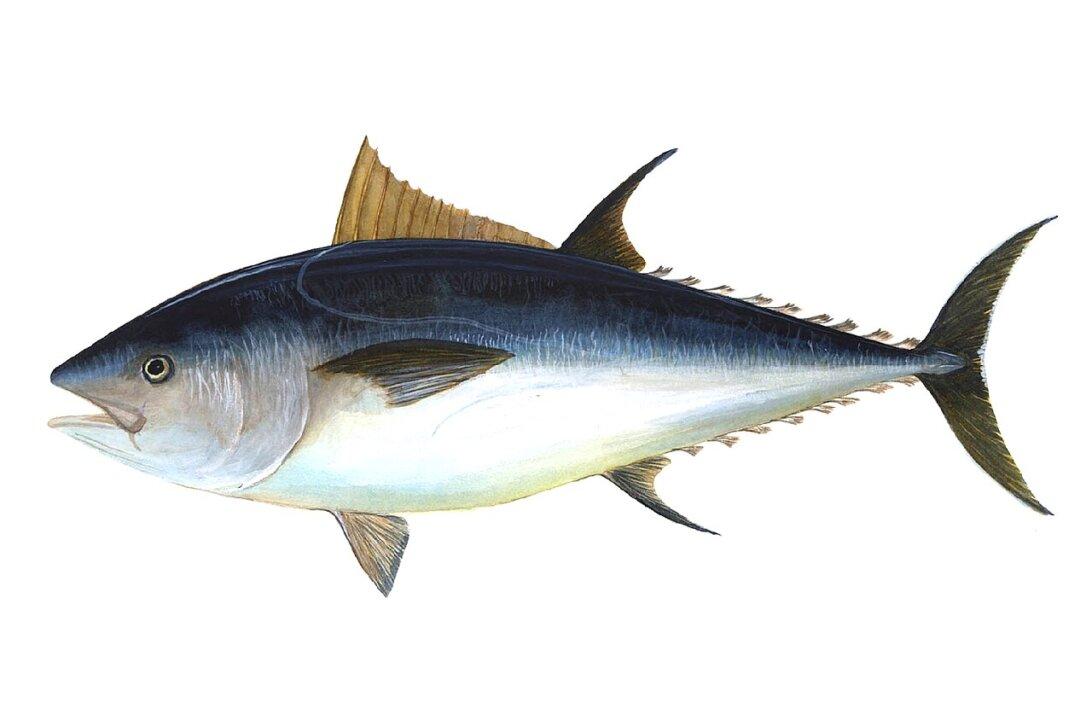Tuna in a can. That’s the tuna that I grew up with, most notably in a favorite tuna casserole that my mother made. My kids grew up relishing a tuna melt lovingly put together with solid white albacore. As adults, we are all sushi and sashimi fans.
While in the tuna family, the Atlantic bluefin tuna is on an entirely different level than its cousin the albacore. This fierce fish is bigger, stronger and with meat that is not headed into cans but rather savored fresh for its rich, red succulence. Once caught, the bluefin has few precious (preferably chilled) days between the ship and a discriminating customer’s palette.






